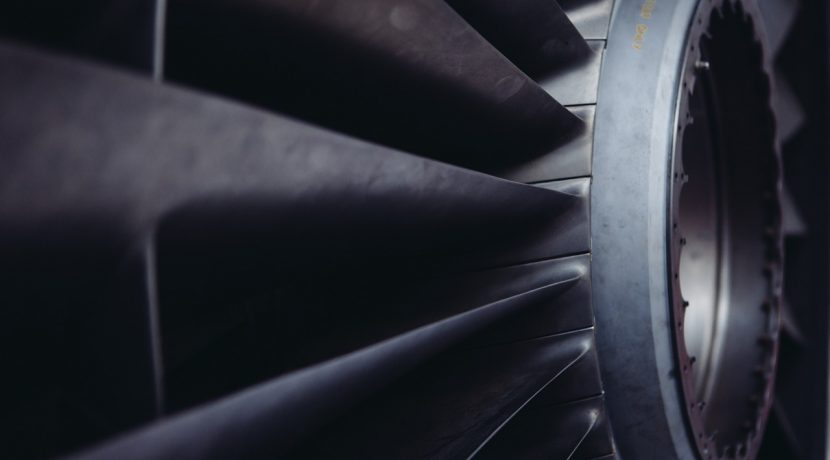We’ve all wondered it at some point, usually after coming home to a stifling house on a long, hot, summer day: Do you really save energy by shutting off your air conditioner when you’re gone at work, or is it better to just let it run at the same temperature setting all day long?
Wasting energy not only costs you more money. It requires burning more coal and other fossil fuels that contribute to global climate change. We contacted Jennifer Thorne Amann, MES, buildings program director for the American Council for an Energy-Efficient Economy (ACEEE), to help us figure it out.
It may seem like a waste of energy to turn your A/C on and off, but doing so actually saves you a fair amount of money, Amann says. “Air-conditioning systems run most efficiently when they’re running at full speed,” she explains.
So while your unit might make more noise initially cooling a space down from 80 to 75 degrees, running all day at a less powerful speed requires more energy overall. They’re also better at dehumidifying your house when going at full blast.
If you have central air — or a window unit with a thermostat — you can also save energy by setting the thermostat a little higher. ACEEE estimates that air conditioners use 3% to 5% less energy for every degree you raise the thermostat. To get the best energy savings, leave your thermostat set at 78 degrees or higher while you’re out.
Here are some other ways to stay cool and score more energy savings this summer:
1. Buy a programmable thermostat.
Whether you turn your central air off or turn the programmed temp up when you’re out of the house, a programmable thermostat like Nest can crank up the cool factor before you get home. That way your house will be comfortable when you walk in the door.
Amann notes that you’ll need to buy a thermostat that suits both your cooling and your heating systems. Some models don’t work with heat pumps, which can pose a problem in the winter, so check with whoever installed or services your system. If you use a window unit, an appliance timer can serve a similar purpose and newer models may include a timer as well as a thermostat.
2. Buy a ceiling fan.
Fans don’t necessarily chill a room, but they move air across your skin, making you feel cooler at a higher temperature. That allows you to set the thermostat higher without sacrificing comfort.
Because of that, though, it’s a waste of energy to leave a ceiling fan on in the hopes that it will keep your house cooler while you’re gone.
3. Plant some bushes.
Large, shady bushes planted on the south and west sides of your house will reduce heat gain during the day.
4. Create crosswinds.
The easiest way to cool a house is to open a window, but not too much. The less you open it, the more of a draft you’ll create, and it can also be a great natural air freshener.
You can create cross breezes in a one-story house or a single room by cracking one window’s bottom sash and another’s top sash. If you live in a two-story house, open a window on the first floor a crack and another window upstairs on the opposite side of the house. Experiment to see which windows work best and how much you should open them.
All rights reserved to the initial publisher for Good housekeeping
Collected and published by Arms &McGregor International Realty® editorial team. Get in touch with us at [email protected]

